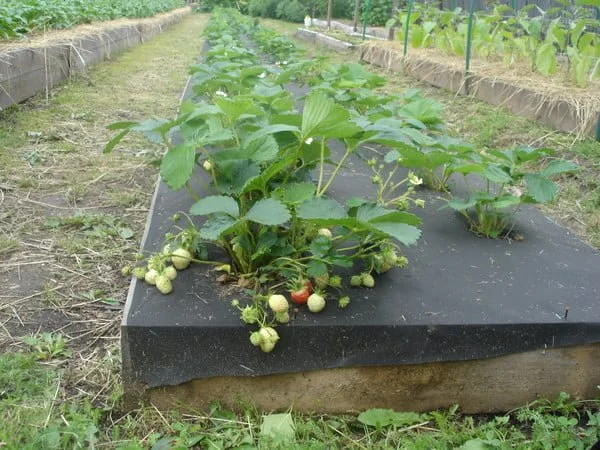In response to the curiosity of many friends, I’m excited to share my journey of vegetable cultivation, a method that has gained popularity among numerous gardeners. Join me as I delve into the intricacies of this natural gardening technique.
**Restoring Soil Fertility**
As urban dwellers with full-time jobs, our gardening escapades often unfold during weekends in suburban areas. After a week of relentless work, we unwind with leisurely activities like relishing shish kebabs, indulging in Turkish baths, or tending to our plots of land.
Modern horticulture faces several challenges, with soil fertility on a downward spiral. Soil becomes compacted, weakened, and takes on a dull grey hue, resulting in diminished yields. Moreover, the prevalent use of mineral fertilizers and pesticides contributes to soil, water, air, and food contamination, posing health risks to consumers.
**Transitioning to Natural Gardening**
While many gardeners still adhere to traditional farming methods, the labor-intensive nature of such practices diminishes interest, particularly among the younger generation. However, these issues find resolution through natural farming methods, safeguarding equipment while restoring soil fertility and boosting crop productivity without the need for mineral fertilizers.
Natural gardening entails reduced labor compared to traditional methods, minimizing fatigue associated with plant care and cultivation. Embracing nature’s purity, this approach steers clear of chemical fertilizers and pesticides, preserving environmental and human health.
**Exploring Alternative Techniques**
Venturing into the realm of natural gardening, I embraced a fusion of two techniques: the “Narrow Bed” method pioneered by J. Mitlayder and principles of natural agriculture. Mitlayder’s technique, introduced to Russia in 1989, emphasizes narrow planting beds for small-scale vegetable production. However, I departed from Mitlayder’s reliance on mineral fertilizers, opting for organic alternatives like compost, ash, and manure to ensure ecological integrity and flavor authenticity in produce.
**Embracing Creativity and Adaptation**
Yet, innovation lies not in blind replication but in creative adaptation, understanding biological principles governing crop growth. While I appreciate Mitlayder’s contributions, I believe in tailoring techniques to harmonize with ecological nuances. Erecting protective boxes over narrow beds challenged conventional wisdom, aiding in water management during spring floods and torrential summer rains.
**Striking a Balance with Organic Practices**
While organic fertilizers enrich soil health, moderation is key. Over-fertilization can be as detrimental as neglect. Hence, I express gratitude to Mitlayder for pioneering the narrow bed approach, even as I advocate for judicious organic practices.
**Conclusion**
In the pursuit of sustainable agriculture, transitioning to natural gardening techniques offers a pathway to reclaiming our connection with the land while nurturing healthy, bountiful harvests. As stewards of the earth, let us embrace the wisdom of nature in cultivating our sustenance, treading lightly upon the soil and leaving a legacy of ecological stewardship for generations to come.

